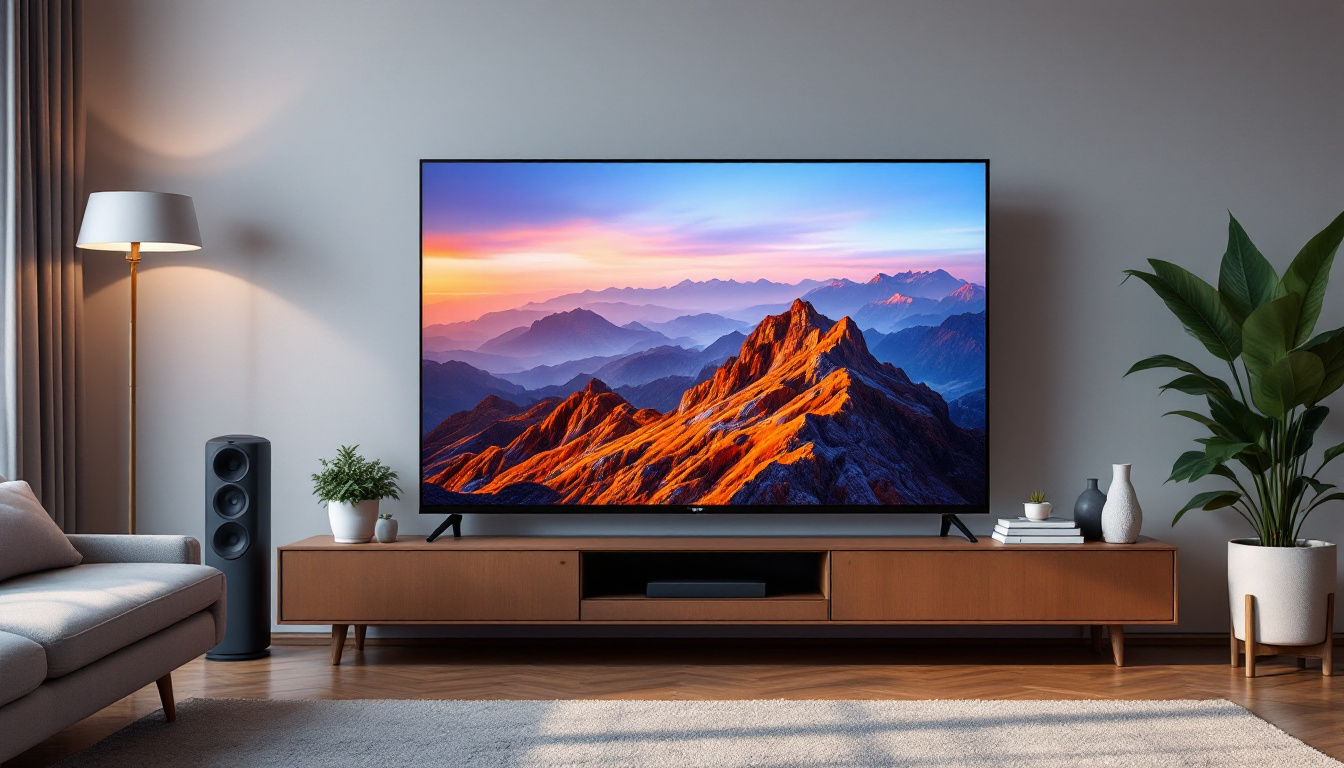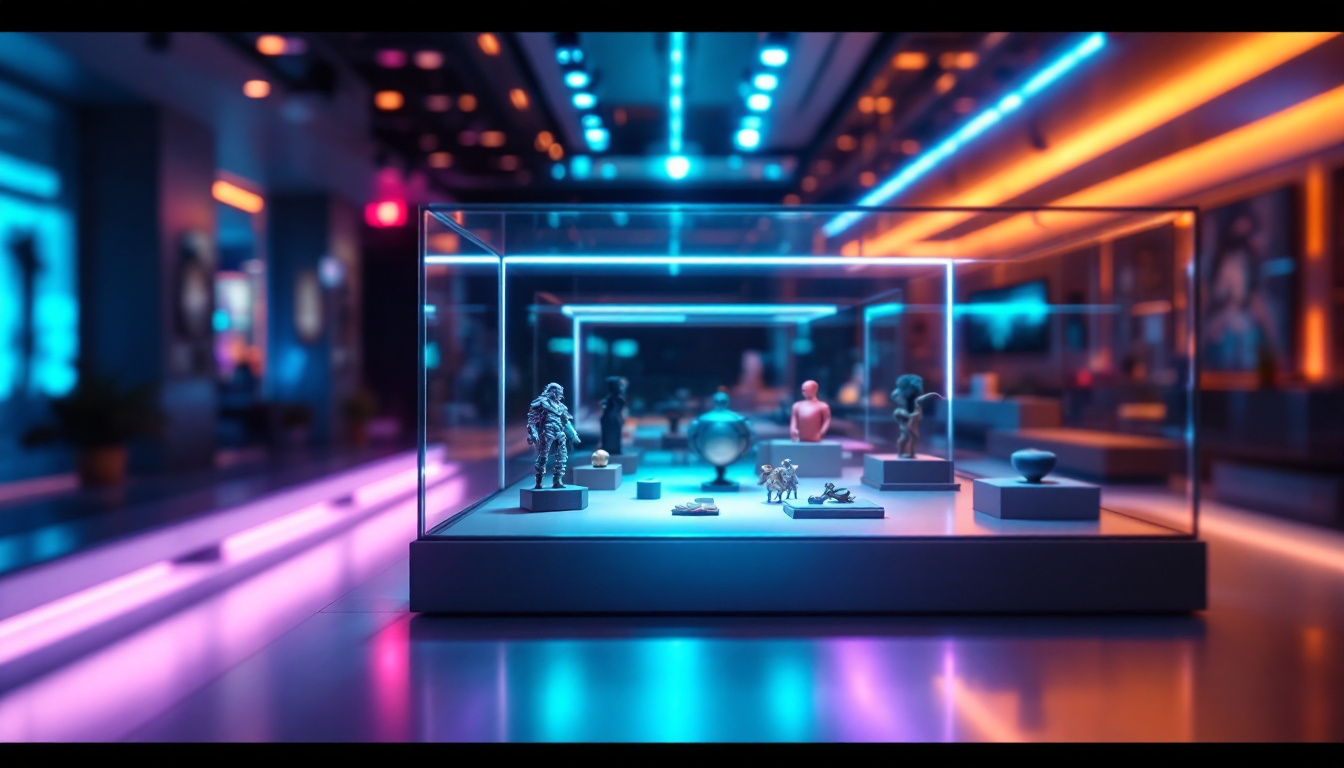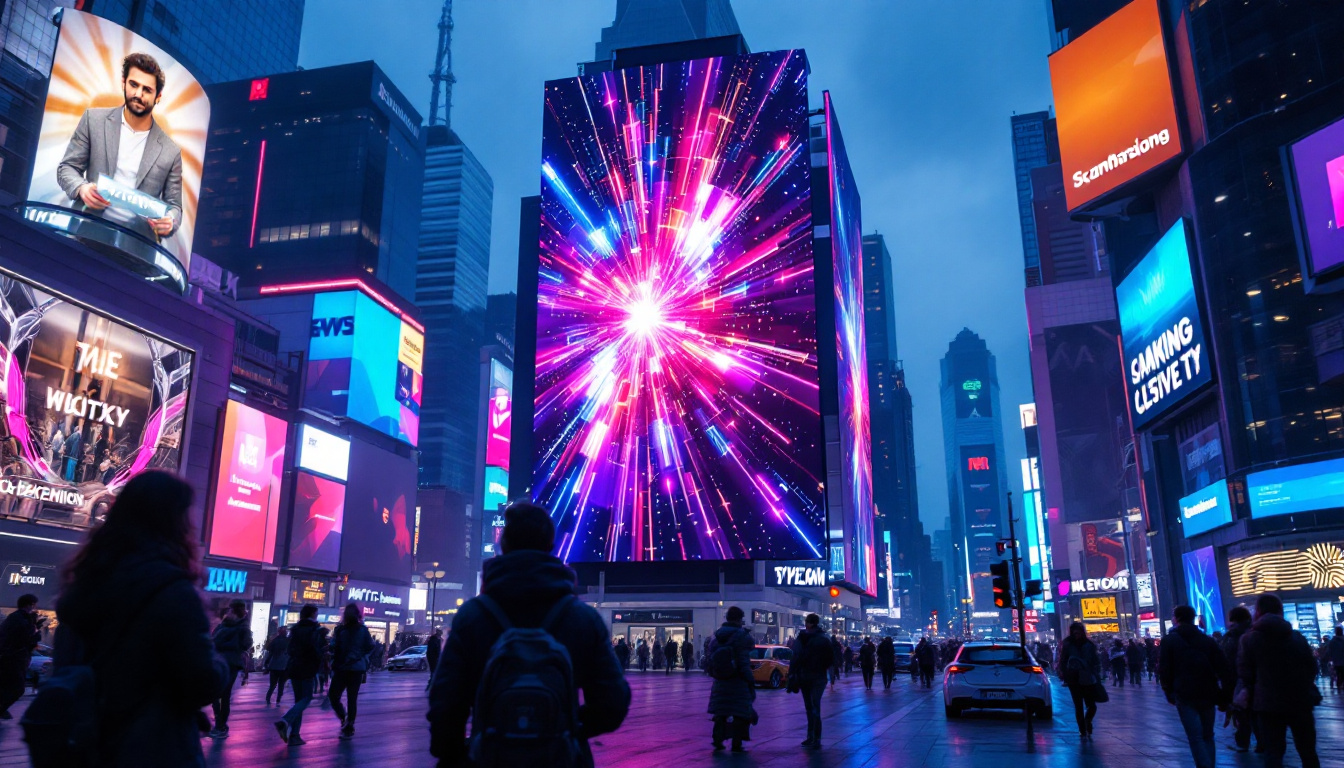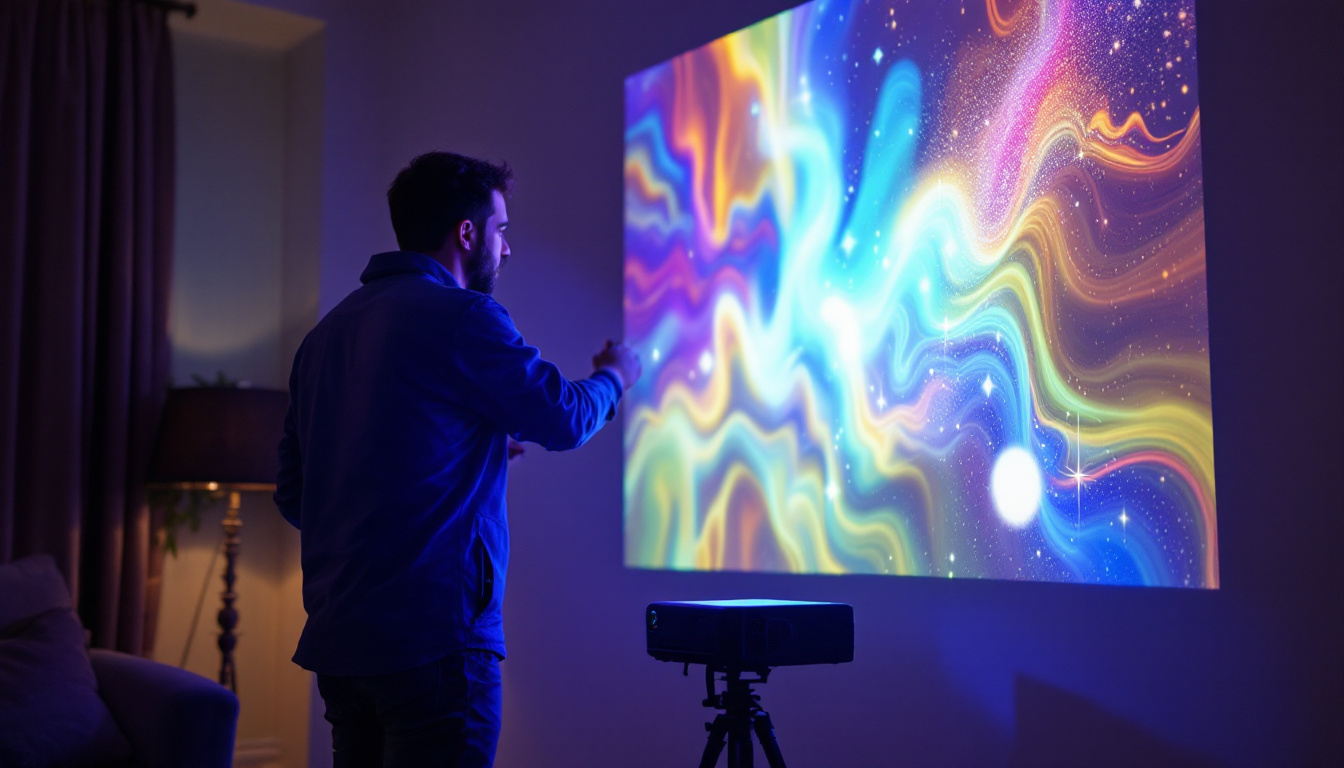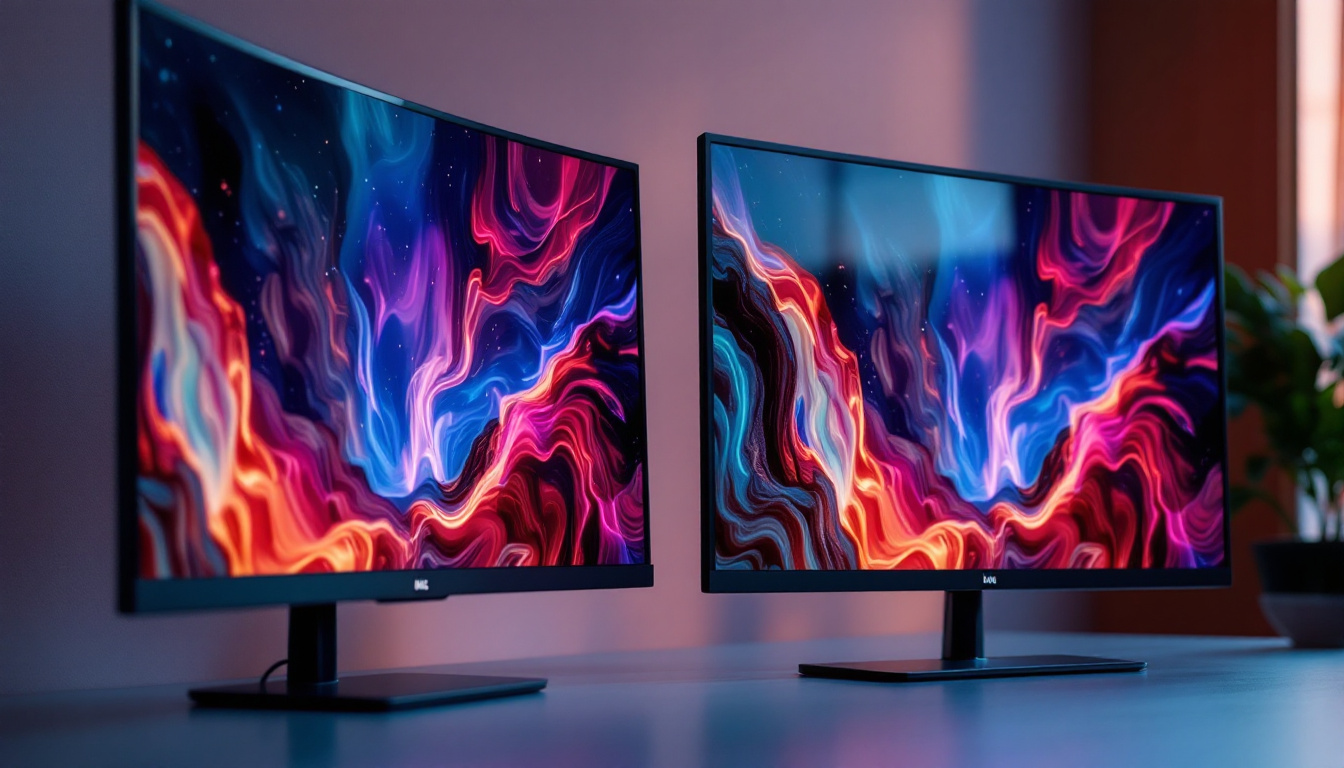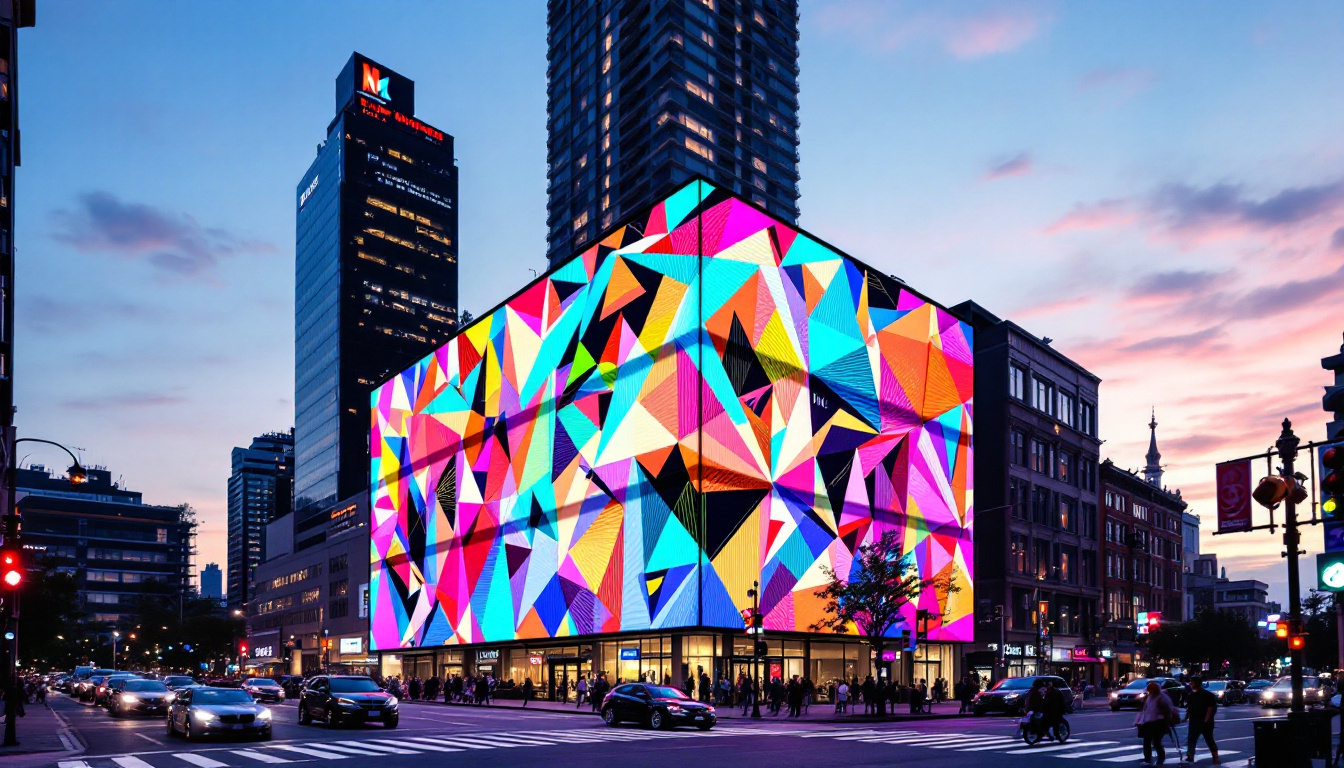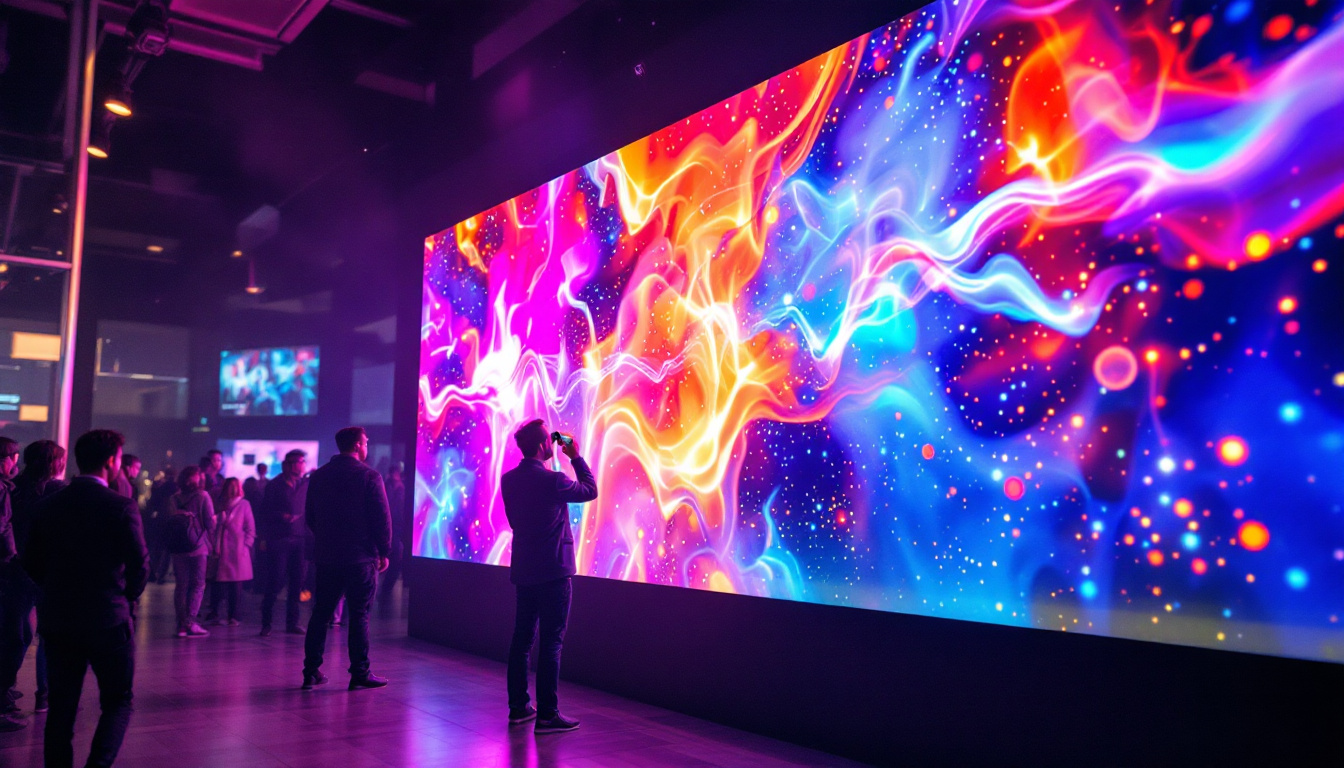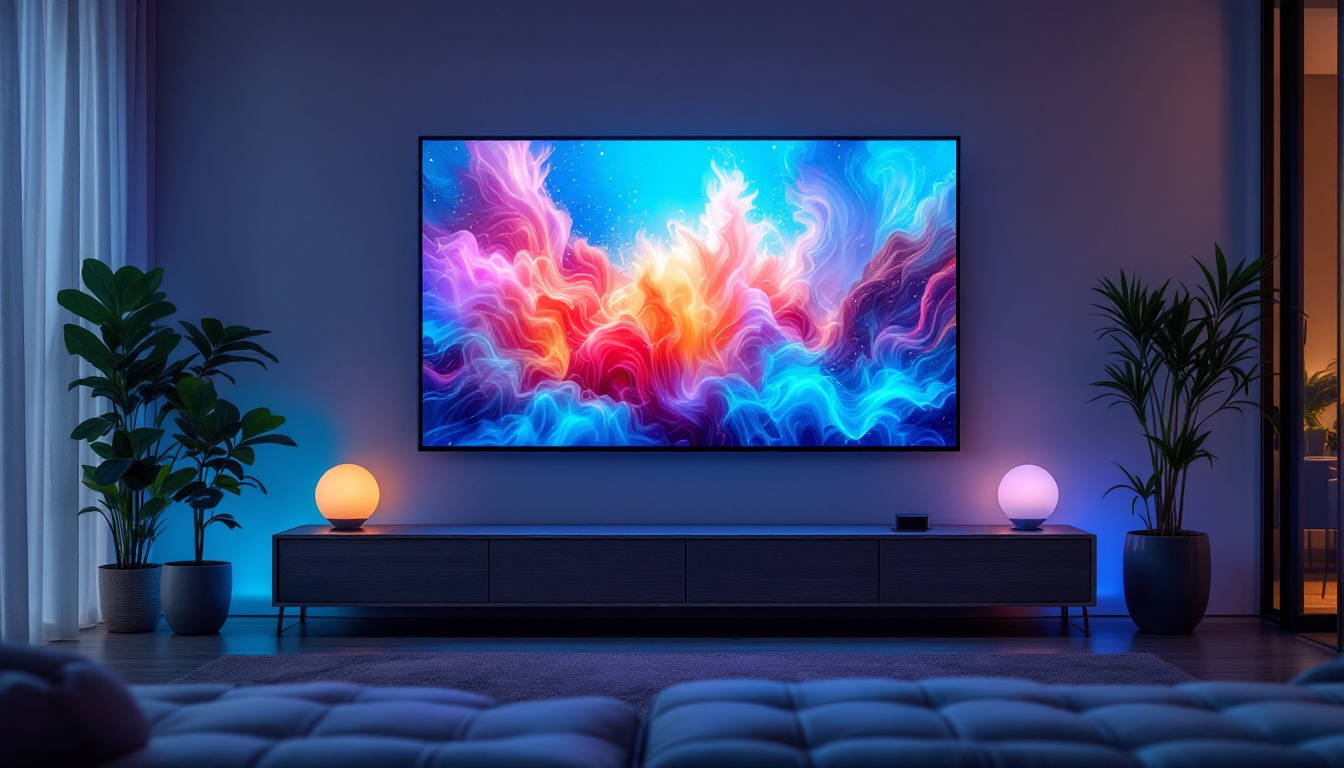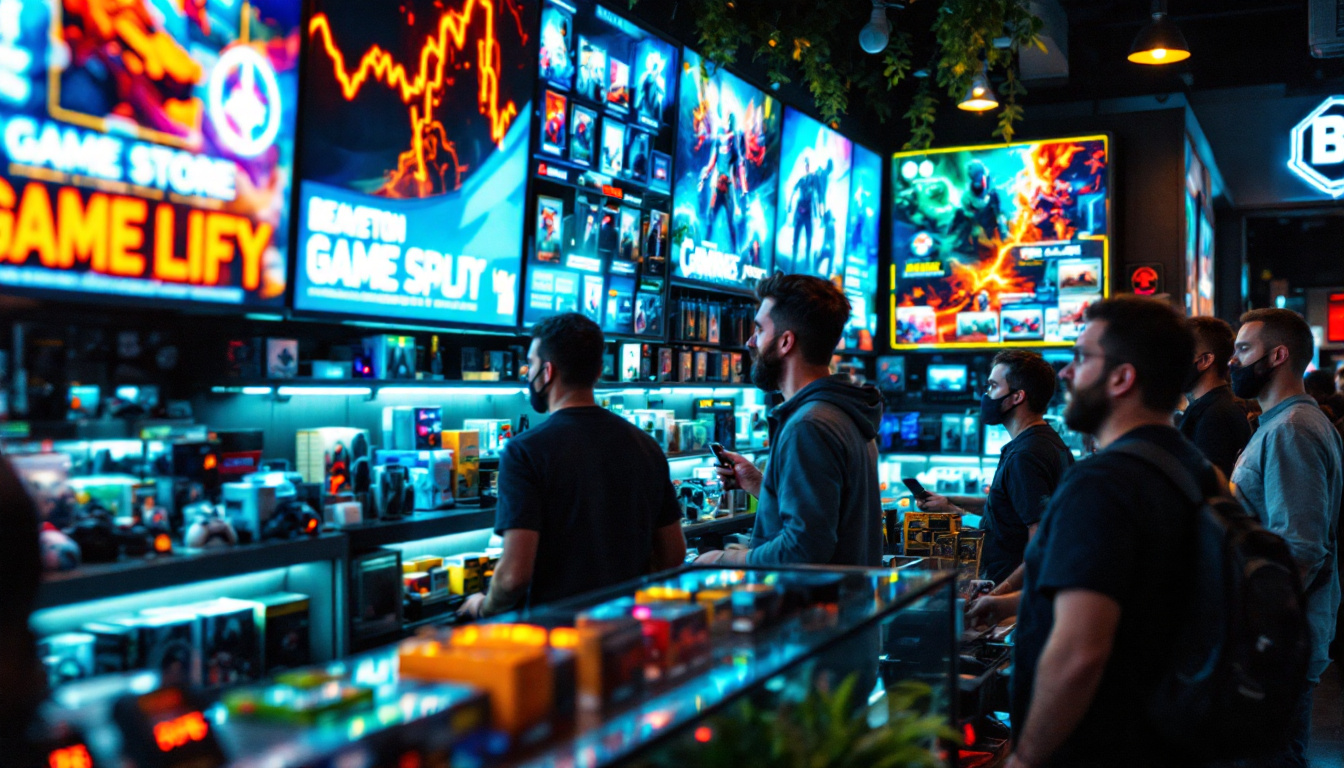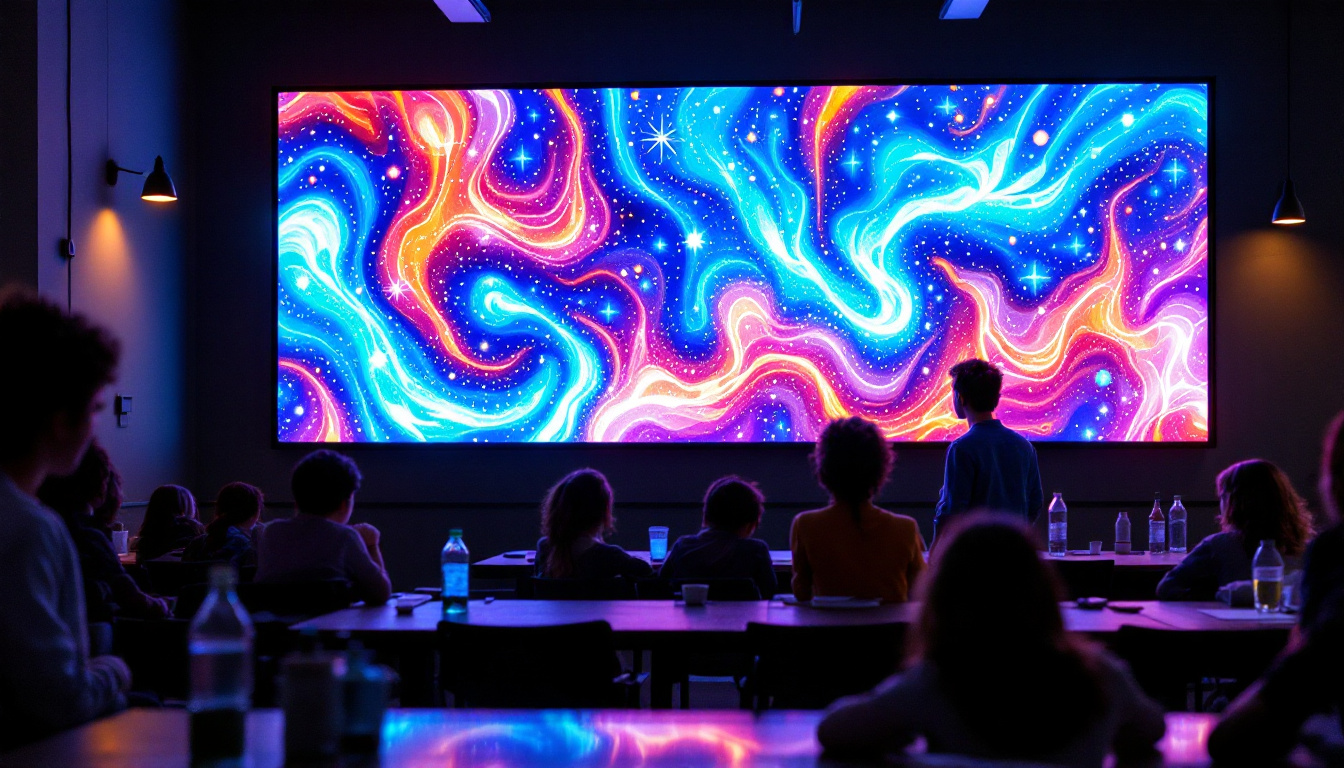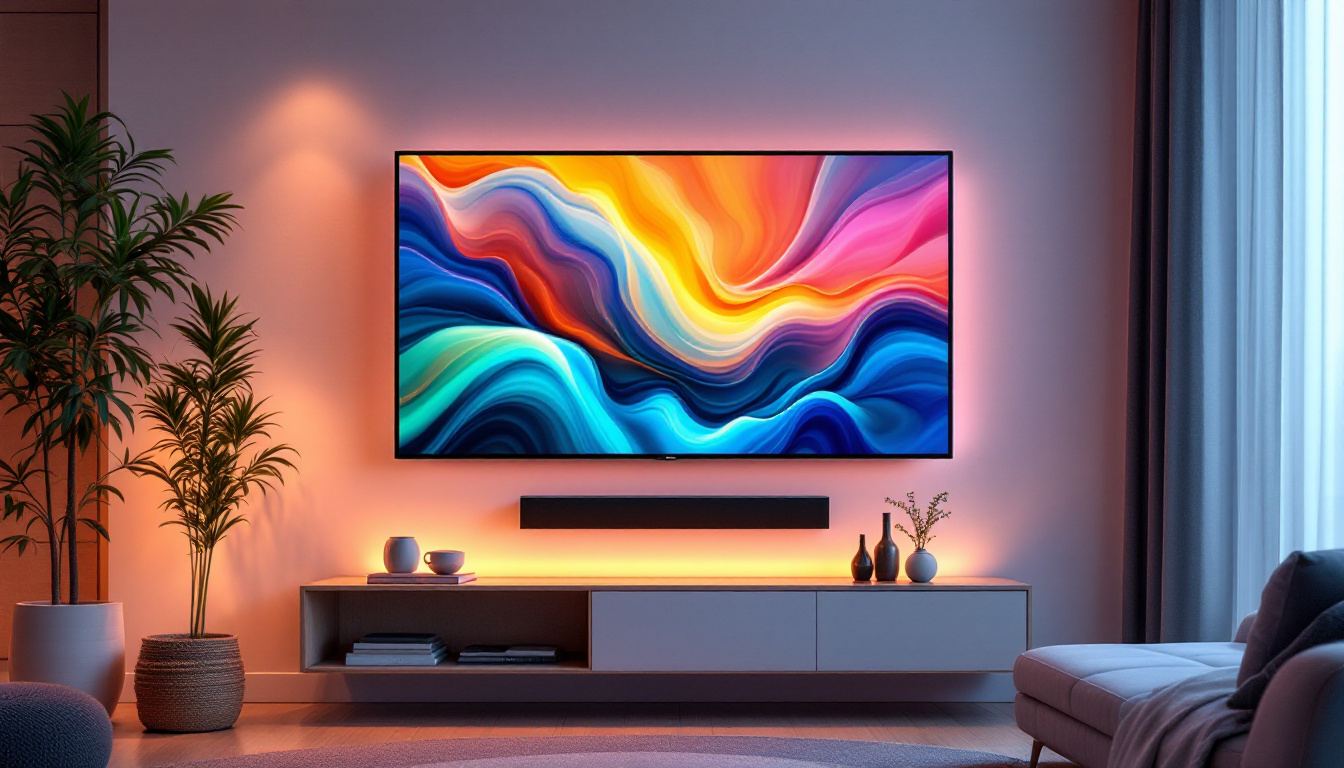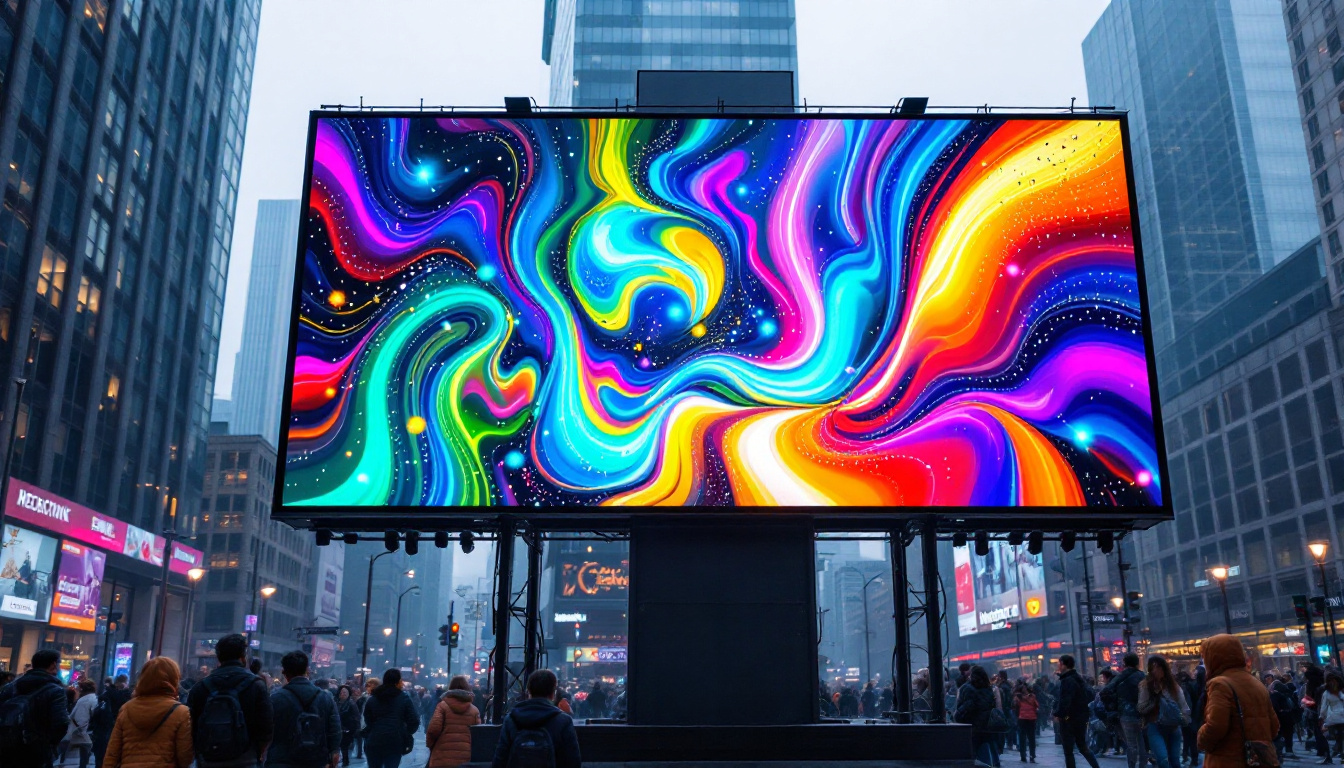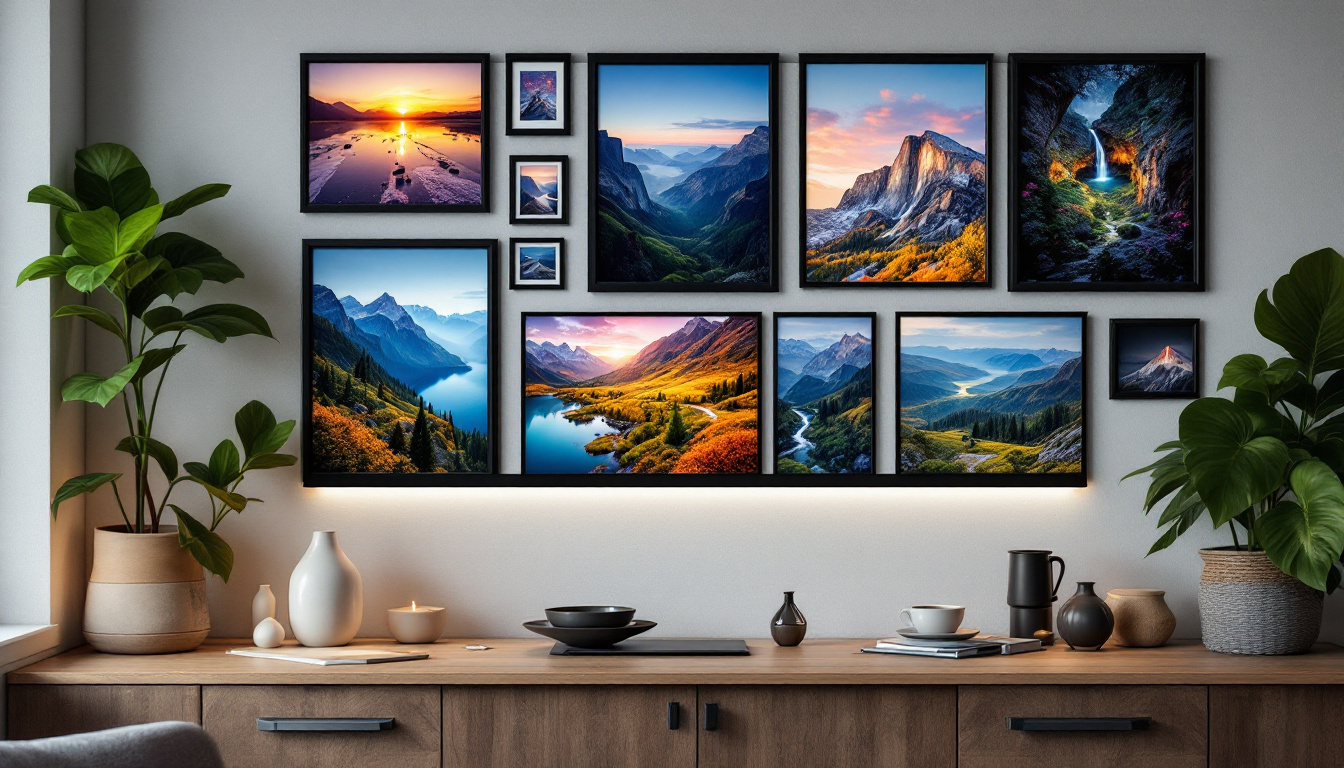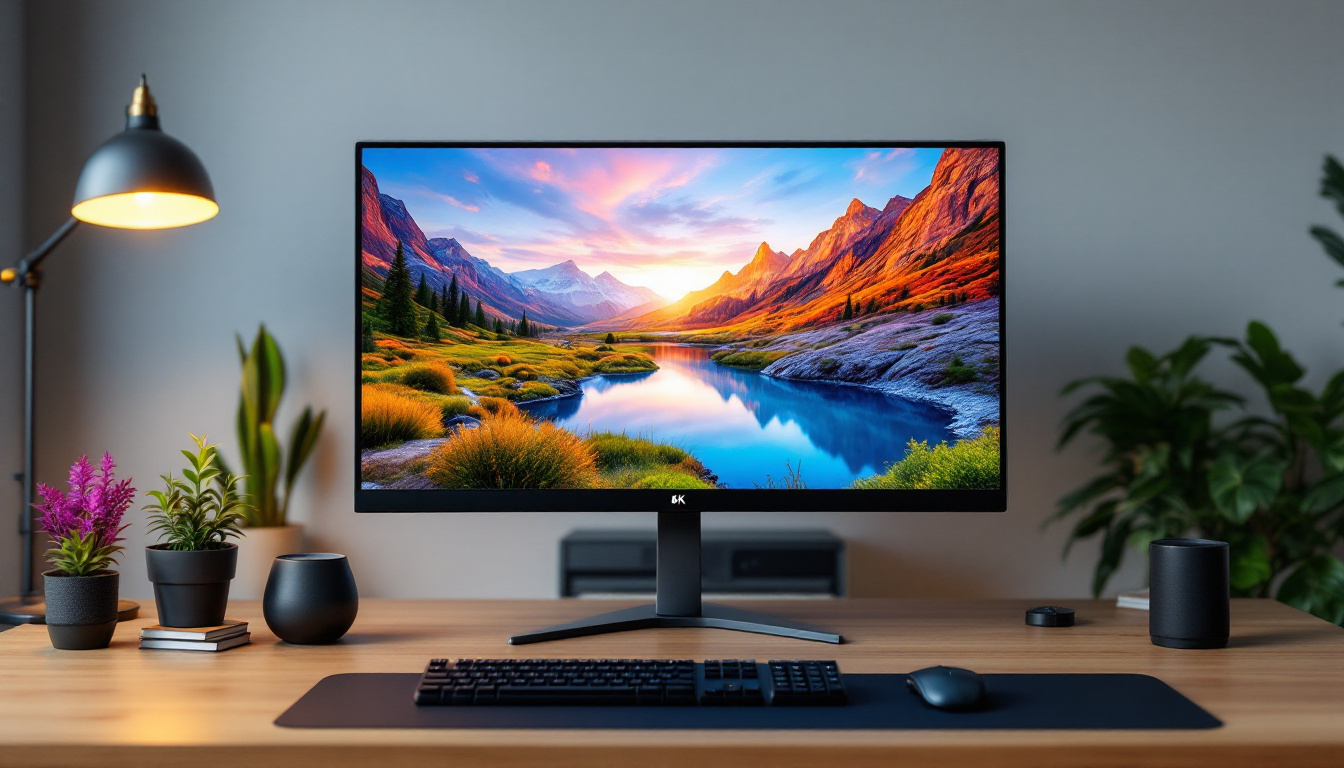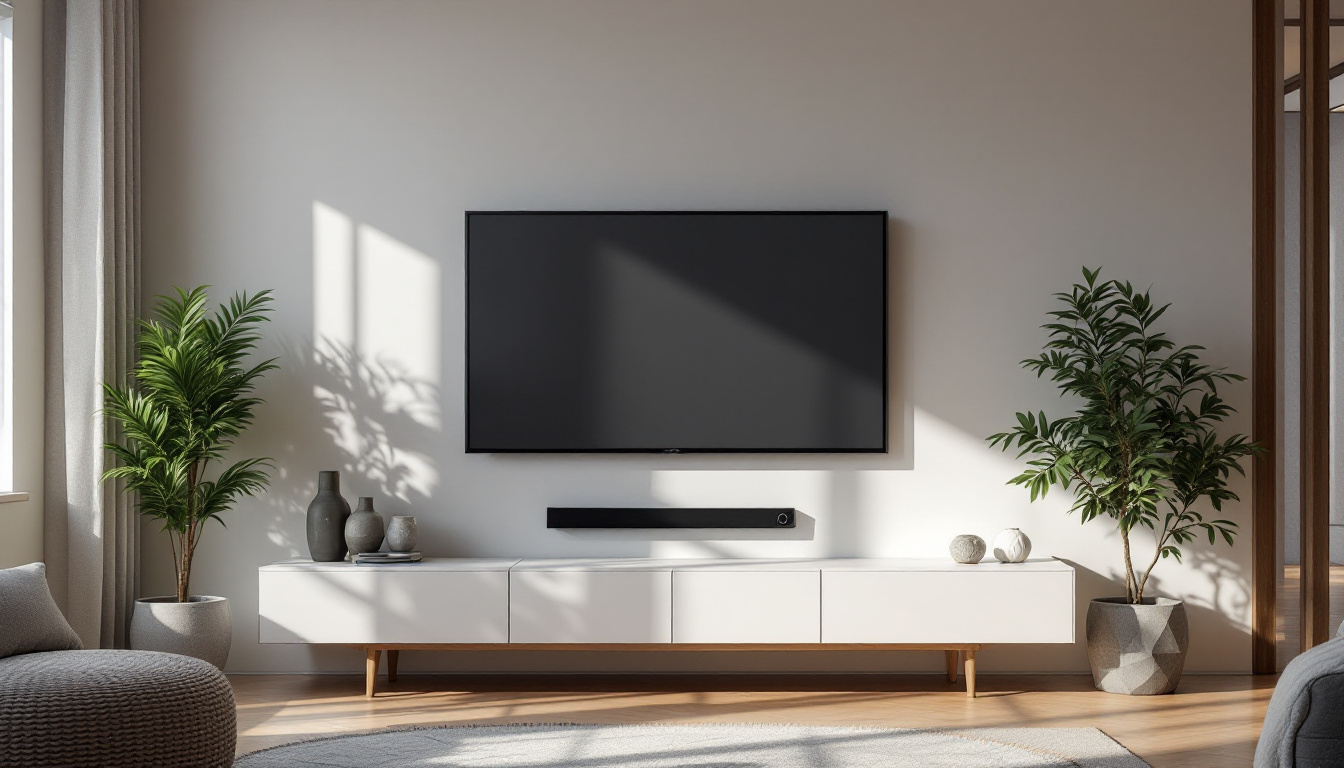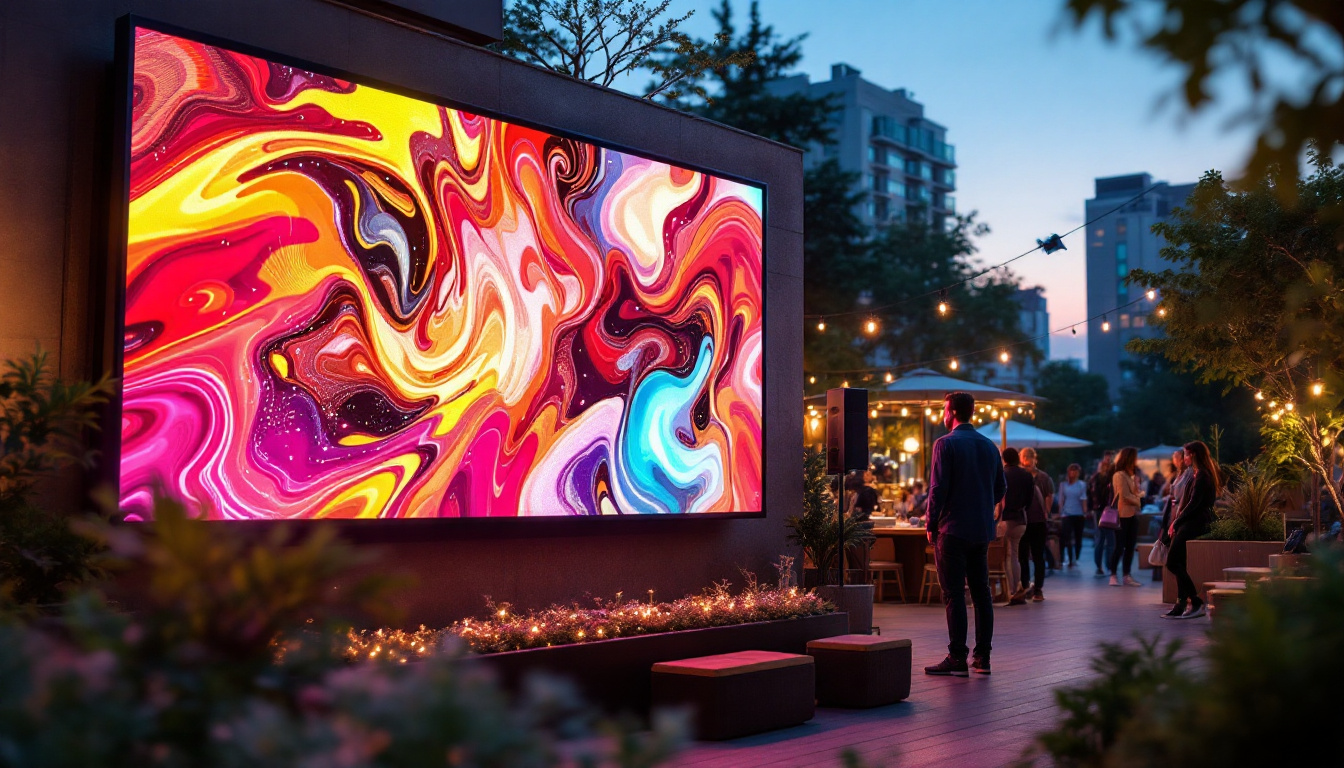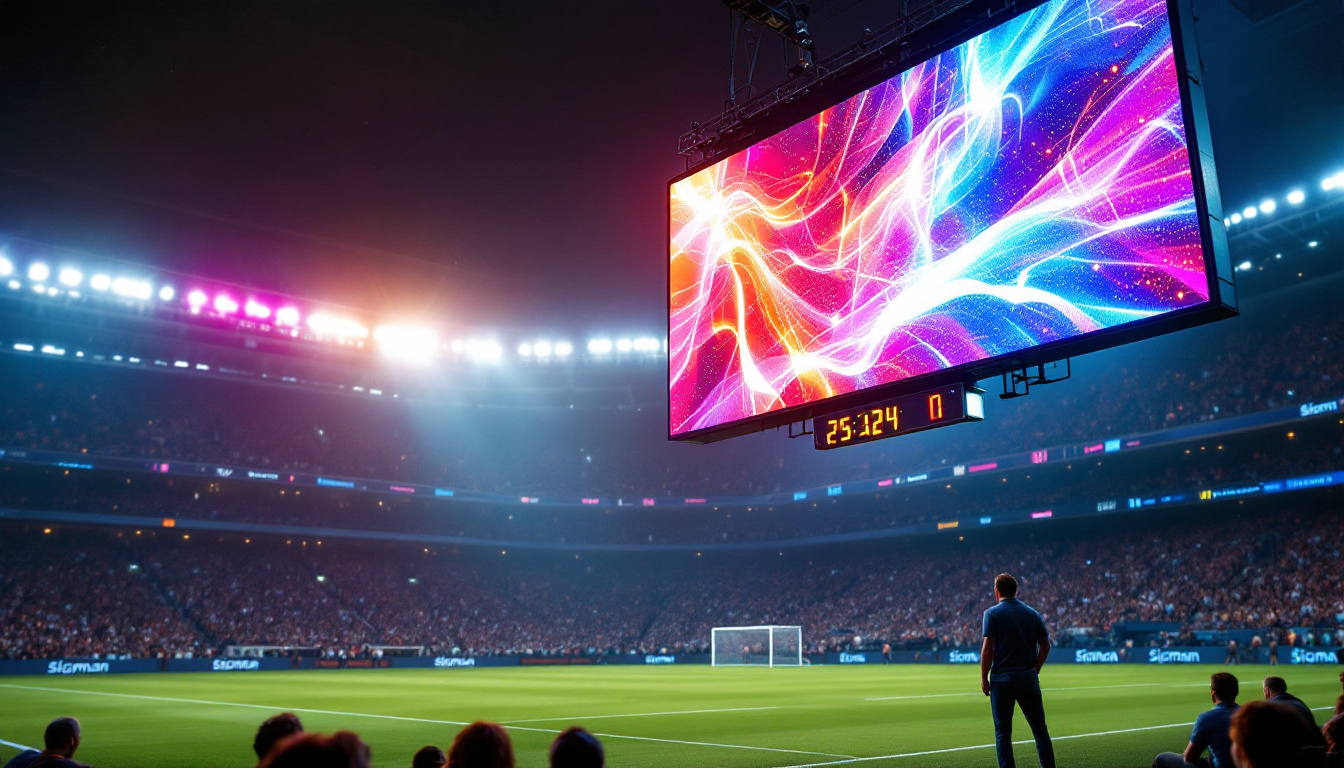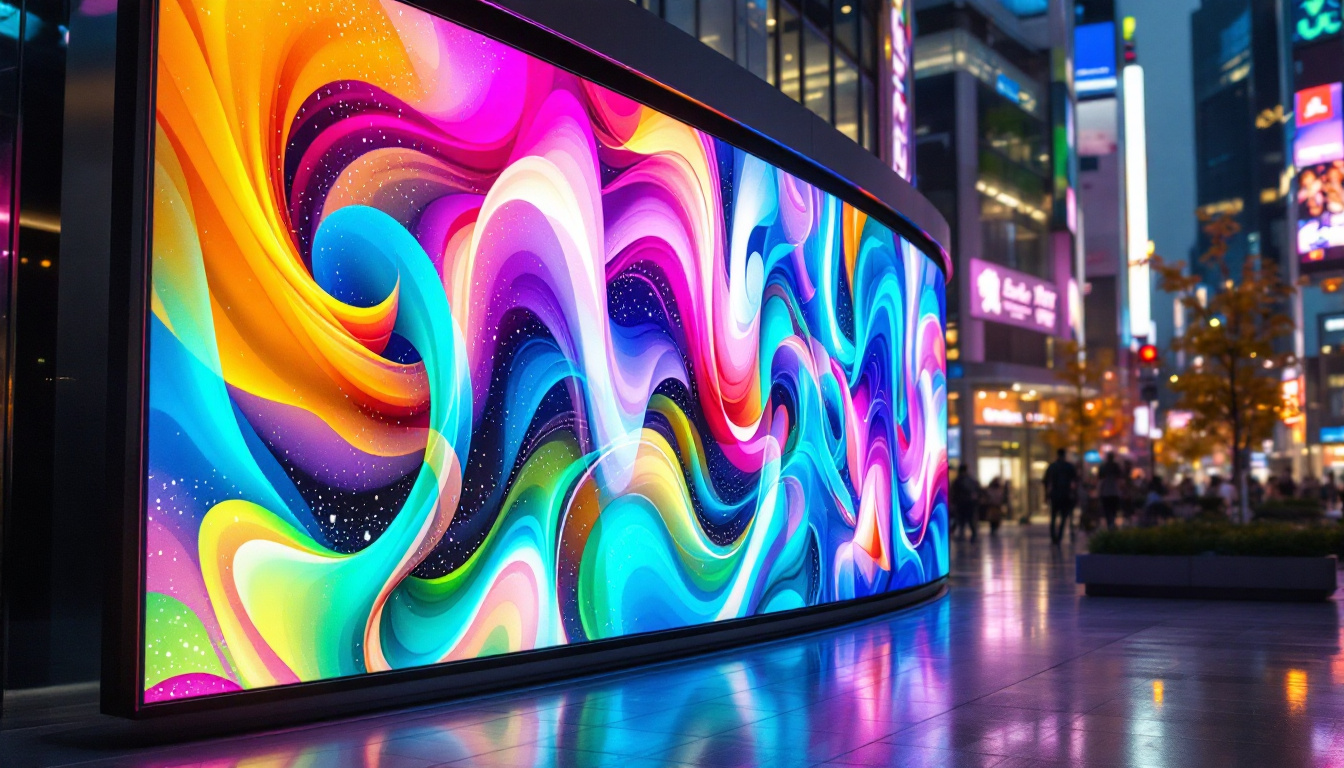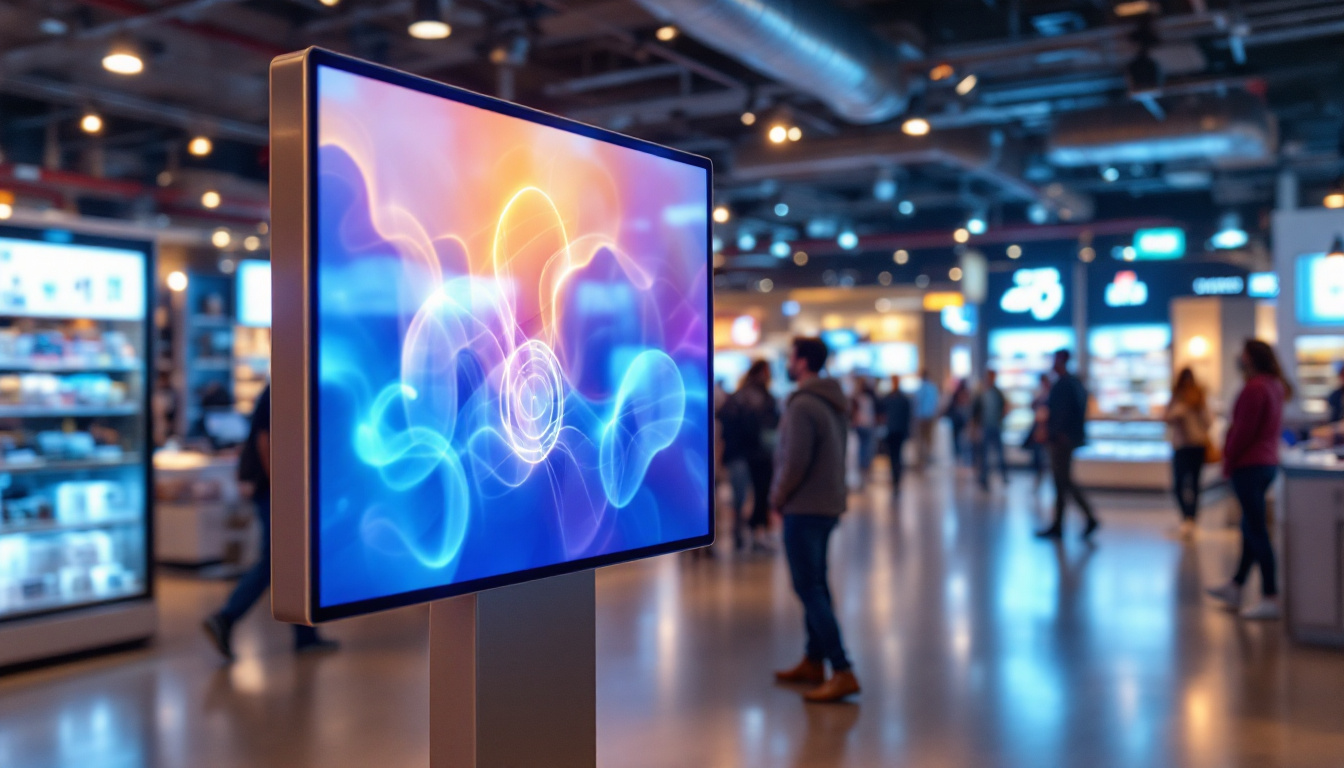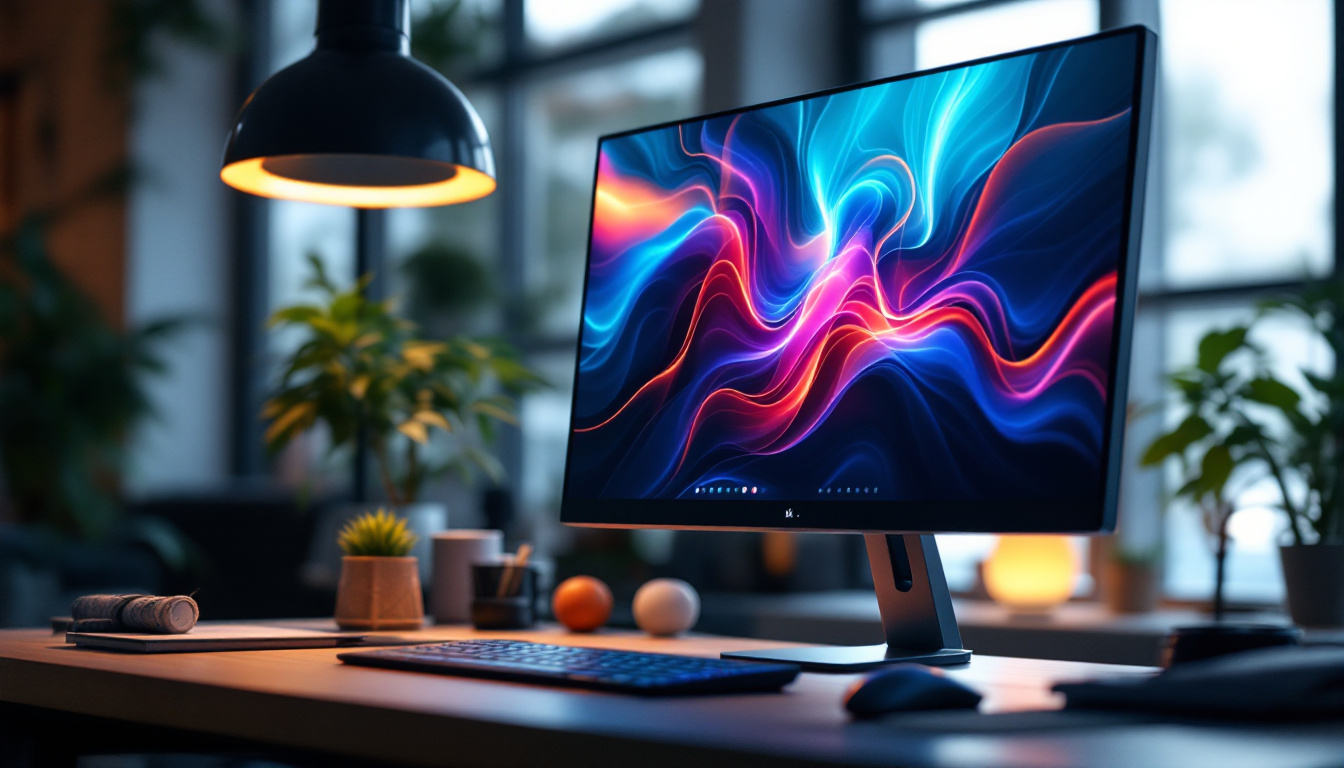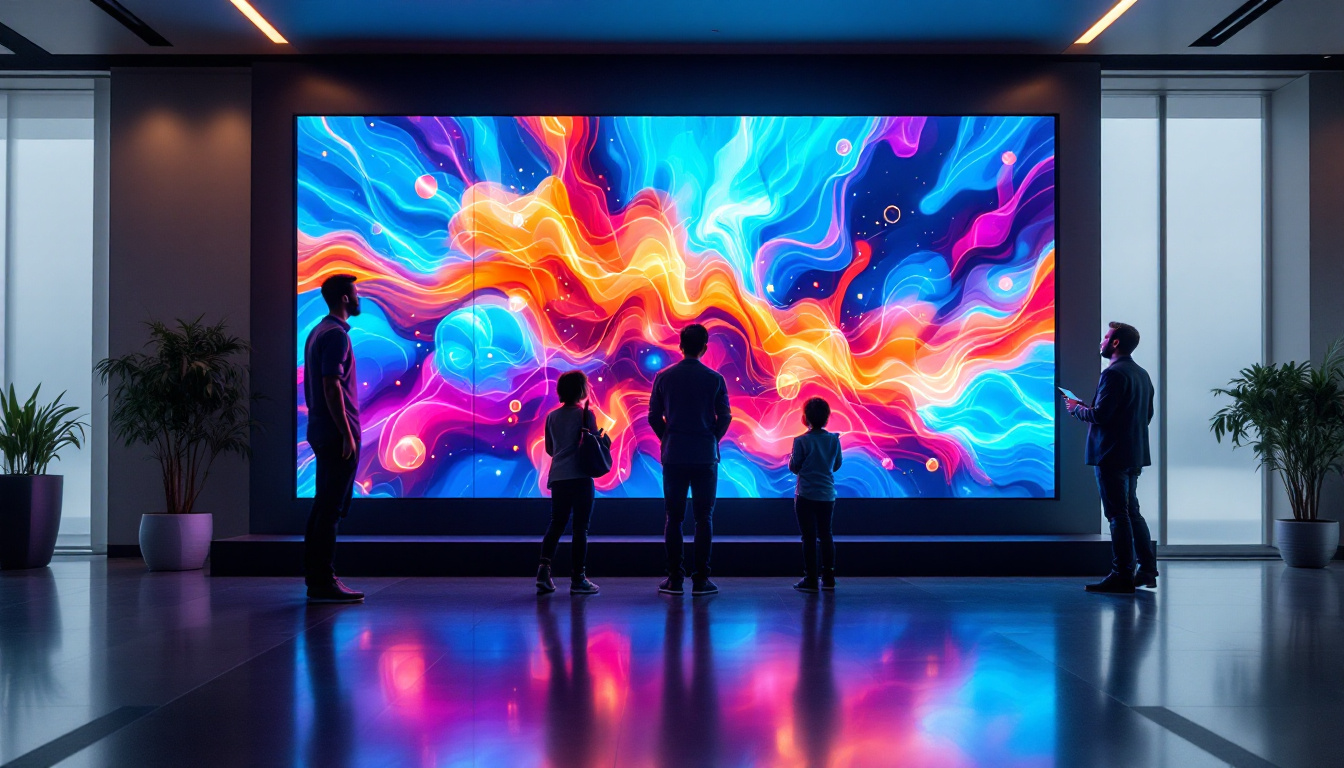In the world of digital displays, the term “Pixel En Mm” often surfaces, especially when discussing LED displays. Understanding this concept is essential for anyone involved in the design, purchase, or utilization of LED technology. This article delves into what Pixel En Mm means, its significance in LED displays, and how it impacts the viewing experience.
Understanding Pixels in LED Displays
Pixels are the fundamental building blocks of any digital display, including LED screens. Each pixel is a tiny unit that emits light and contributes to the overall image displayed. In LED technology, pixels are composed of light-emitting diodes (LEDs), which can produce various colors and brightness levels. These diodes are often arranged in a grid pattern, allowing for a wide range of colors to be mixed and displayed. The combination of red, green, and blue (RGB) LEDs within each pixel creates the full spectrum of colors that we see on the screen, making the technology both versatile and vibrant.
The clarity and detail of an image on an LED display largely depend on the number of pixels and their arrangement. A higher pixel density usually results in a sharper image, making it crucial to understand how pixel density is measured. The arrangement of pixels also plays a significant role in how images are perceived. For example, the layout can influence the viewing angles and the overall uniformity of color across the display, which is essential for applications like video walls where multiple screens are used in tandem.
What is Pixel Density?
Pixel density refers to the number of pixels per unit area, typically measured in pixels per inch (PPI) or pixels per millimeter (PPM). In the context of LED displays, the term “Pixel En Mm” specifically indicates the pixel pitch, which is the distance between the centers of two adjacent pixels, measured in millimeters. This measurement is crucial for designers and engineers when creating displays that require specific visual qualities, as it directly impacts how images will be rendered and perceived by the audience.
A smaller pixel pitch means that the pixels are closer together, leading to a higher pixel density. This results in a more detailed and clearer image, especially when viewed from a close distance. Conversely, a larger pixel pitch can lead to a grainier appearance, particularly noticeable when viewed up close. The choice of pixel pitch can also affect the overall cost of the display, as higher density panels typically require more advanced manufacturing processes and materials.
The Importance of Pixel Pitch
Pixel pitch is a critical factor in determining the quality and suitability of an LED display for various applications. For instance, displays with a smaller pixel pitch are ideal for environments where viewers are closer to the screen, such as in retail displays, control rooms, or conference settings. In these scenarios, the enhanced detail and clarity provided by a smaller pixel pitch can significantly improve the effectiveness of the visual communication, capturing the audience’s attention more effectively.
On the other hand, larger pixel pitches may be sufficient for outdoor displays or billboards viewed from a distance. Understanding the right pixel pitch for a specific application can enhance the viewing experience and ensure that the display meets the intended purpose. Additionally, advancements in LED technology have led to the development of flexible and transparent displays, which can further expand the possibilities of pixel pitch applications. These innovations allow for creative installations that can adapt to various environments, making pixel pitch not just a technical specification but a key element in the design and functionality of modern displays.
How Pixel En Mm Affects Viewing Experience
The pixel pitch, or Pixel En Mm, directly influences the viewing experience. A display with an appropriate pixel pitch can enhance clarity, color vibrancy, and overall image quality.
When selecting an LED display, it is essential to consider the viewing distance. For example, a display intended for a large audience in an open space may not require a very small pixel pitch, while a display designed for close-up viewing, such as in a retail store, would benefit from a finer pixel pitch.
Optimal Viewing Distance
The optimal viewing distance is the distance at which the viewer can appreciate the full quality of the display without noticing individual pixels. This distance can be calculated based on the pixel pitch. As a general rule, the optimal viewing distance in meters can be estimated by multiplying the pixel pitch in millimeters by a factor of 1.5 to 2.5.
For instance, if an LED display has a pixel pitch of 2 mm, the optimal viewing distance would range from 3 to 5 meters. This guideline helps in selecting the appropriate display for specific environments, ensuring that viewers can enjoy a clear and immersive experience.
Impact on Image Quality
The quality of the image displayed is significantly affected by pixel pitch. Displays with smaller pixel pitches can render finer details, making them suitable for applications that require high-resolution images, such as digital signage, art installations, and high-end presentations.
Conversely, displays with larger pixel pitches may struggle to deliver the same level of detail, which could be acceptable for less demanding applications, such as outdoor advertising where the audience is typically at a greater distance.
Types of LED Displays and Their Pixel Configurations
LED displays come in various types, each with distinct pixel configurations and applications. Understanding these types can help in making informed decisions when selecting an LED display.
Indoor LED Displays
Indoor LED displays typically feature smaller pixel pitches, ranging from 1 mm to 4 mm. These displays are designed for environments where viewers are usually closer, such as retail spaces, conference rooms, and control centers. The high pixel density of indoor displays allows for vibrant colors and sharp images, enhancing the overall visual experience.
These displays are often used for digital signage, presentations, and interactive applications, where clarity and detail are paramount. The smaller pixel pitch ensures that even intricate graphics and text remain legible from various angles and distances.
Outdoor LED Displays
Outdoor LED displays generally have larger pixel pitches, often ranging from 5 mm to 20 mm or more. These displays are designed to be viewed from a distance, making them ideal for billboards, stadiums, and large public events. The larger pixel pitch allows for greater visibility in bright sunlight and ensures that the display remains effective even from afar.
While outdoor displays may not offer the same level of detail as indoor displays, advancements in technology have improved their brightness and color accuracy, making them suitable for various applications.
Flexible and Curved LED Displays
Flexible and curved LED displays are increasingly popular in modern architecture and design. These displays can be customized to fit unique shapes and spaces, providing a seamless visual experience. The pixel pitch for these displays can vary widely, depending on the intended application.
Flexible displays are often used in creative installations, while curved displays can enhance the immersive experience in venues such as theaters and museums. The adaptability of these displays allows for innovative designs that can captivate audiences.
Choosing the Right Pixel En Mm for Your Needs
Selecting the right pixel pitch for an LED display involves considering various factors, including the intended application, viewing distance, and environmental conditions. A well-informed choice can significantly enhance the effectiveness of the display.
Assessing Your Application
Before selecting an LED display, it is crucial to assess the specific needs of the application. For example, a retail store may require a display with a smaller pixel pitch to showcase products in detail, while a large outdoor billboard may only need a larger pixel pitch for visibility from afar.
Understanding the primary use of the display will help in determining the appropriate pixel pitch and ensuring that the investment meets the desired objectives.
Considering Viewing Distance and Environment
As previously mentioned, the viewing distance plays a vital role in selecting the right pixel pitch. It is essential to consider the typical distance from which viewers will observe the display. Additionally, environmental factors such as lighting conditions and the nature of the audience should be taken into account.
For instance, outdoor displays should be bright enough to counteract sunlight, while indoor displays may focus more on color accuracy and detail. Evaluating these factors will lead to a more informed decision.
Budget and Future-Proofing
Budget considerations are always a critical factor in any display purchase. While smaller pixel pitches generally come with a higher price tag, it is essential to weigh the long-term benefits against the initial investment. A display with a finer pixel pitch may offer better performance and longevity, making it a worthwhile investment.
Additionally, consider future-proofing your choice. As technology advances, the demand for higher resolution displays is likely to increase. Investing in a display with a smaller pixel pitch may provide advantages in the long run, ensuring that the display remains relevant and effective for years to come.
Conclusion
Understanding Pixel En Mm and its implications for LED displays is crucial for anyone involved in the selection or use of this technology. The pixel pitch directly affects image quality, viewing experience, and suitability for various applications. By assessing the specific needs of the application, considering viewing distance and environmental factors, and balancing budgetary constraints, one can make informed decisions when choosing an LED display.
As technology continues to evolve, staying informed about advancements in LED displays and pixel configurations will ensure that users can take full advantage of this dynamic and impactful medium. Whether for commercial, artistic, or informational purposes, the right LED display can significantly enhance communication and engagement with audiences.
Discover the Perfect LED Display with LumenMatrix
Ready to elevate your visual experience with the ideal pixel pitch for your specific needs? LumenMatrix is at the forefront of LED display innovation, offering a diverse range of solutions tailored to create stunning visual displays that capture attention and convey messages with unparalleled clarity. From indoor and outdoor LED walls to specialized displays for vehicles, sports, and custom installations, our technology is designed to revolutionize your visual communication. Check out LumenMatrix LED Display Solutions today and see how we can help you make a lasting impression.


